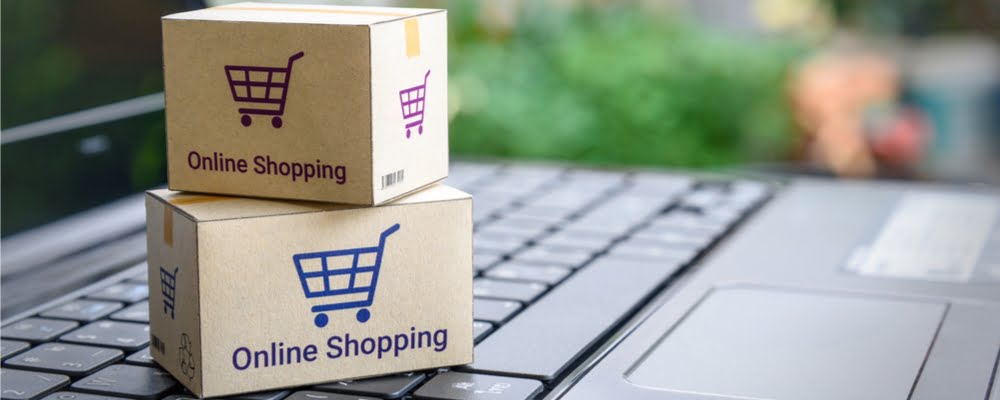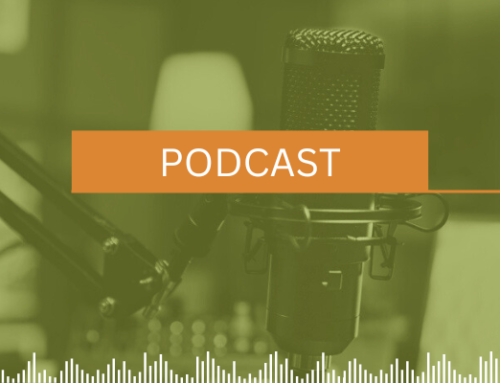The U.S. Supreme Court has fundamentally altered Wayfair, Inc., and other online retailers’ ability to offer items at a lower cost than their brick and mortar counterparts. States can now require online retailers to collect sales tax from every customer no matter if they have a physical location in the shopper’s state, leaving online consumers to pay more for the items they buy.
The ruling applies to all sellers, not just those primarily selling through the internet, which can prove challenging for medium size sellers’ void of the technical infrastructure of the giants such as Amazon.com, Walmart.com, etc.
Shopping habits are changing, and so are the laws around them as U.S. Justice Kennedy alluded to in the final South Dakota v. Wayfair opinion:
“The real world implementation of Commerce Clause doctrines now makes it manifest that the physical presence rule as defined by Quill must give way to the “far-reaching systemic and structural changes in the economy” and “many other societal dimensions” caused by the Cyber Age.”
While the ruling can be considered detrimental to the consumer and online retailer, it is advantageous for the states who are dependent upon sales tax revenues to fund necessary services to their citizens. The majority of states require collecting and remitting sales tax dependent on some level of physical presence and some states already have laws in place based on an economic presence model with an established a minimum level of sales activity a sellers needs before sales tax has to be collected.
The previous Quill Corp. v. North Dakota decision handed down in 1992 ruled states could not collect sales tax unless they had a minimum level of physical presence in the state. The earlier thought was it would burdensome to try to collect sales tax in every taxing jurisdiction and it would impede interstate commerce. South Dakota challenged that in 2016, and as of June 21, all states can now benefit.
Under the Use tax, we as consumers are required to pay sales tax on goods and services subject that was subject to tax but not collected at the point of sale. Compliance is very low and states estimate a recovery of only about 4 percent through use tax collections, with a loss between eight and 33 billion every year in sales tax revenue.
In Virginia, sellers in counties in Northern Virginia and Hampton Roads must charge a higher sales tax, and effective July 1, 2018, higher sales tax will be charged in the Williamsburg Historic triangle than in any other part of Virginia. Bills intended to provide relief to the sales tax compliance complexity have been introduced in Congress over the years and it is now a waiting game to see if this federal legislation will help make compliance more efficient.
If your business is affected by this ruling, or to discuss other state and local tax issues, contact PBMares or your local tax consultant.





